In a world where fashion reigns supreme and designer labels evoke both admiration and aspiration, the allure of a meticulously curated wardrobe can be intoxicating. Yet, as the adage goes, “all that glitters is not gold,” and the true cost of owning high-end fashion often extends far beyond the price tag. While the thrill of slipping into a bespoke garment or the satisfaction of owning a limited-edition piece is undeniable, the hidden expenses tied to maintenance, insurance, and long-term wear often remain shrouded in silence. In this article, we will explore the intricate web of ongoing responsibilities that accompany a designer wardrobe, delving into the realities that every style-savvy individual must navigate. From the upkeep of delicate fabrics to the unpredictable nature of fashion trends, join us as we dissect the true financial implications of high-end fashion and uncover what it truly means to invest in luxury.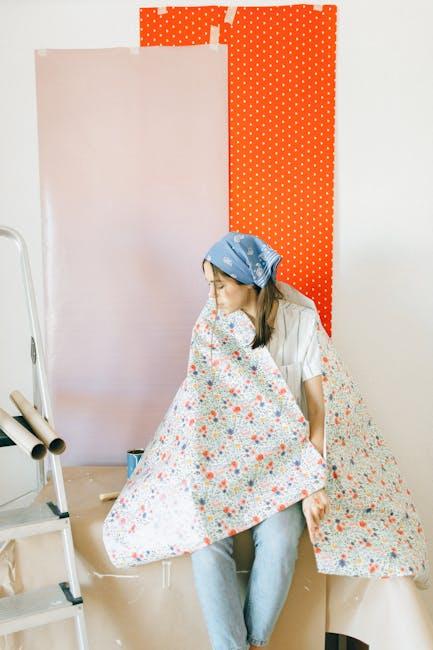
The Hidden Expenses of Designer Fashion Maintenance
Owning a designer wardrobe certainly comes with its share of glamour, but the hidden expenses can quickly accumulate, often catching even the most seasoned fashionista off guard. Beyond the initial price tag of each exquisite piece, maintenance costs can be significant. To keep your designer items looking pristine, consider these continuous investments:
- Professional Cleaning: Certain fabrics and delicate embellishments require specialized care, leading to expensive cleaning bills.
- Repairs and Alterations: Designer pieces often need adjustments or repairs, and the cost for skilled craftsmanship can be steep.
- Storage Solutions: Keeping your wardrobe in perfect condition might demand temperature-controlled environments or specialized garment bags.
In addition to maintenance, insurance for high-value items is essential yet often overlooked. Designer goods can be vulnerable, making it essential to protect your investment. Below are common insurance-related factors to consider:
| Insurance Aspect | Description |
|---|---|
| Coverage Type | Ensure your policy includes theft, accidental damage, and loss. |
| Valuation | Regularly update appraisals for accurate coverage amounts. |
| Deductibles | Be aware of deductibles that can complicate claims for expensive items. |

Safeguarding Your Investment with Insurance Strategies
Investing in a designer wardrobe is more than just a fashion statement; it’s a commitment that requires careful planning, particularly when it comes to safeguarding your cherished pieces. One way to enhance your investment is by incorporating comprehensive insurance strategies. This ensures you are covered for theft, damage, or loss, allowing you to enjoy your luxury items without constant worry. Consider these key components when evaluating your insurance options:
- Appraisal Documents: Obtain professional appraisals for high-value items to ensure adequate coverage.
- Specialized Insurance Policy: Look for insurers that specialize in luxury goods to get tailored coverage.
- Regular Updates: Revisit your policy annually to adjust for any new acquisitions or changes in value.
Additionally, understanding the wear and tear associated with designer garments is essential. While high-end items are often made with better materials, they still require careful handling. Here’s a brief overview of common factors to consider:
| Factor | Impact on Wardrobe |
|---|---|
| Climate Conditions | Humidity can damage fabrics, while extreme temperatures may cause colors to fade. |
| Usage Frequency | More frequent wear increases the chances of scuffs and fabric thinning. |
| Maintenance Practices | Incorrect washing or storage can lead to irreversible damage. |
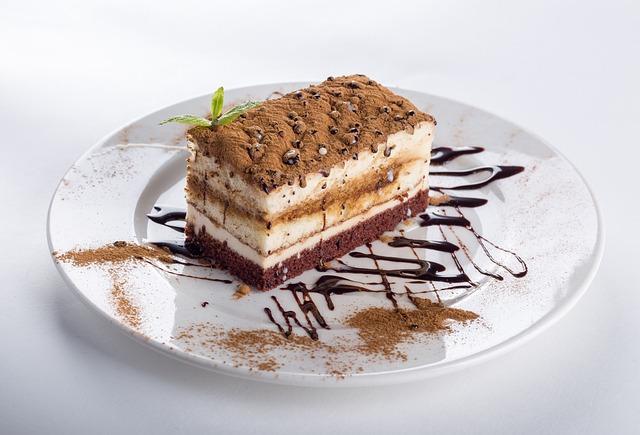
Understanding the Impact of Wear and Tear on Luxe Pieces
Every luxe piece in your wardrobe is an investment, but like any investment, it requires attention and care. Over time, even the most exquisite materials suffer from wear and tear, which can detract from their original beauty and value. Recognizing this gradual process is crucial for owners of high-end fashion. Factors such as environmental exposure, frequency of use, and improper storage can exacerbate the degradation of these prized possessions. Ensuring that you understand the wear patterns and the specific vulnerabilities of materials, such as leather or silk, allows for better decision-making when it comes to maintenance and care.
To help preserve the integrity of your designer pieces, consider implementing a maintenance plan. This could include regular professional cleanings, appropriate storage solutions, and periodic inspections for any signs of damage. Here’s a quick overview of essential maintenance steps:
- Store pieces in breathable dust bags to prevent moisture build-up.
- Rotate your wardrobe to avoid excess wear on frequently used items.
- Schedule annual professional cleanings according to the material type.

Practical Tips for Prolonging the Life of Your Designer Wardrobe
To maximize the longevity of your designer wardrobe, it’s essential to embrace a proactive maintenance routine. Regular cleaning is paramount; always follow the care labels on your garments. For delicate fabrics, consider professional cleaning services rather than risking damage at home. Additionally, take the time to inspect your pieces frequently, checking for signs of wear such as loose threads or fading colors. Address any issues immediately, as prompt repairs can save you from more costly fixes down the road. Here are a few more tips for ongoing care:
- Store items in breathable garment bags to prevent dust accumulation.
- Use padded hangers for garments to maintain their shape.
- Avoid direct sunlight exposure, which can cause discoloration.
- Invest in quality shoe trees to help maintain the form of your luxury footwear.
Furthermore, it’s wise to consider the environment where you store your wardrobe. A suitable climate is crucial; aim for low humidity and cool temperatures to deter mold and degradation. Regularly rotate your clothing to avoid excessive wear on frequently used pieces. The following table outlines ideal fabric care based on material:
| Fabric Type | Care Tips |
|---|---|
| Silk | Dry clean or hand wash with mild detergent. |
| Cashmere | Hand wash cold and dry flat to preserve softness. |
| Linen | Machine wash on gentle and line dry to prevent wrinkles. |
Closing Remarks
In conclusion, while the allure of a designer wardrobe is undeniable, the real cost extends beyond the initial purchase price. From the ongoing maintenance and care required to keep those luxurious fabrics in pristine condition, to the often-overlooked but essential aspect of insurance, and the inevitable wear that accompanies any cherished item of clothing, the financial implications are profound. As you navigate the exciting world of high fashion, it’s crucial to consider these hidden costs and incorporate them into your budgeting plans. After all, owning a designer wardrobe is not just about showcasing style; it’s about embracing a lifestyle that values quality, responsibility, and longevity. So, as you curate your collection of exquisite garments, remember that true elegance lies not only in the designer label but also in how you care for and sustain it over time. Whether you decide to invest or take a more practical approach, understanding the full scope of these costs will empower you to make informed choices that reflect both your personal style and your financial wisdom. Happy styling!




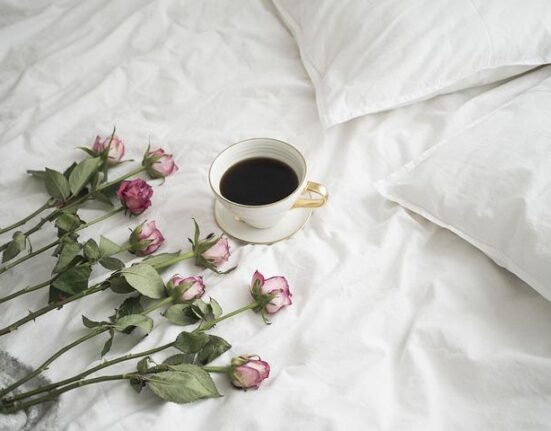

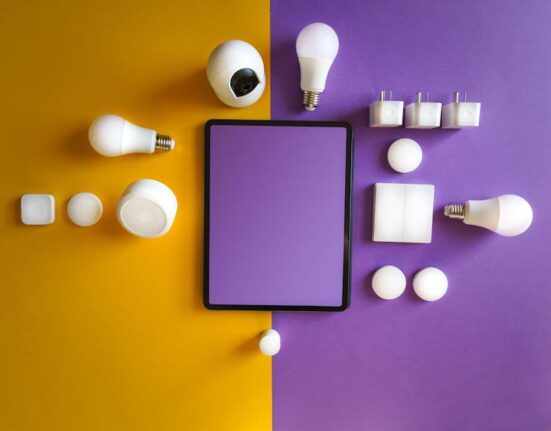
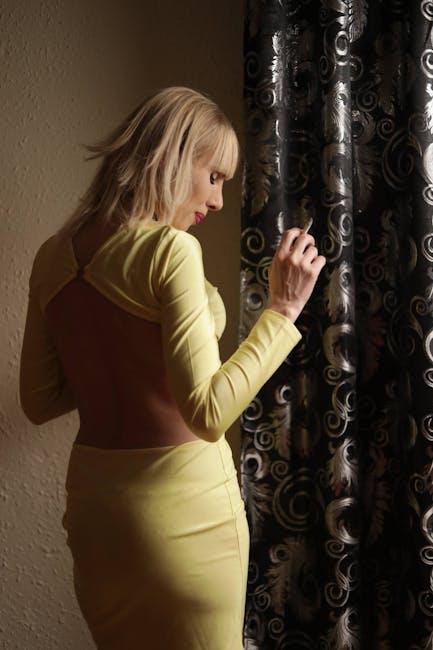



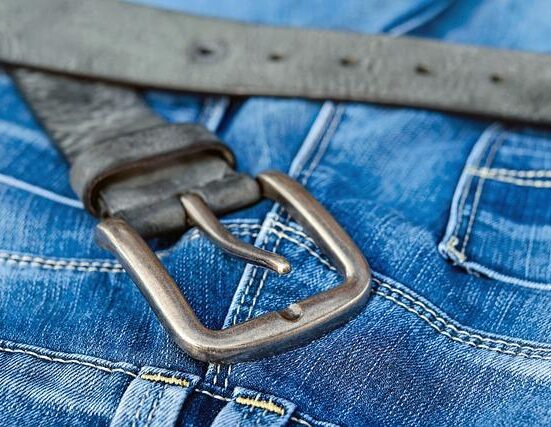

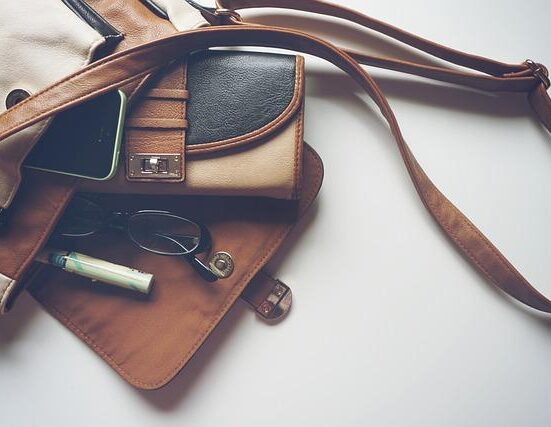
Leave feedback about this